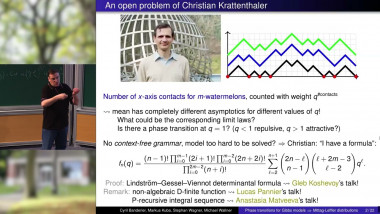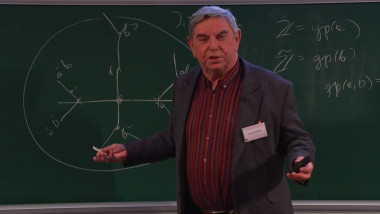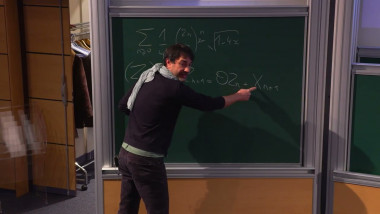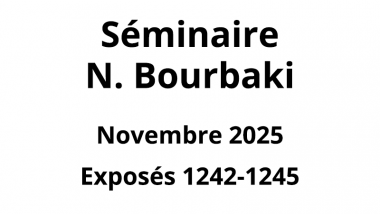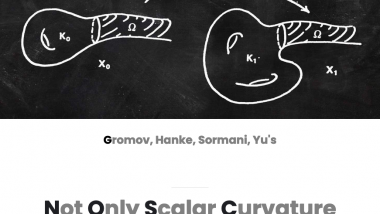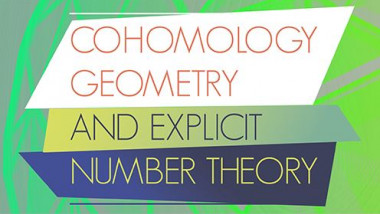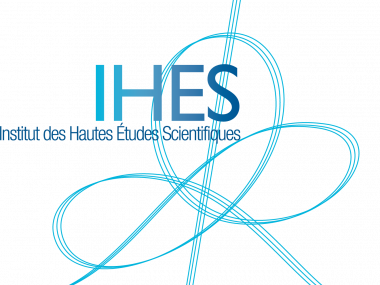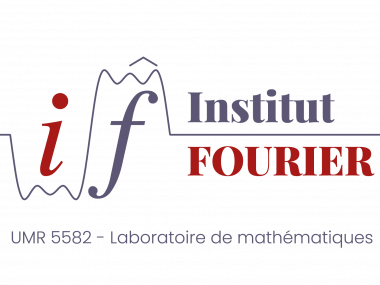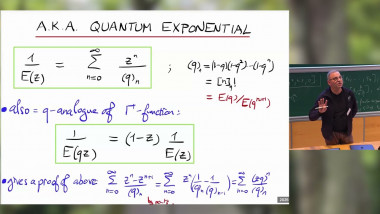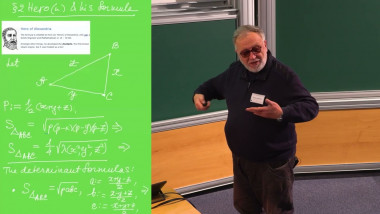Appears in collection : Chaire Jean-Morlet : Equation intégrable aux données initiales aléatoires / Jean-Morlet Chair : Integrable Equation with Random Initial Data
The universality properties of the Sine process (corresponding to inverse temperature beta equal to 2) are now well known. More generally, a family of point processes have been introduced by Valko and Virag and shown to be the bulk limit of Gaussian beta ensembles, for any positive beta. They are defined through a one-parameter family of SDEs coupled by a two-dimensional Brownian motion (or more recently as the spectrum of a random operator). Through these descriptions, some properties have been derived by Holcomb, Paquette, Valko, Virag and others but there is still much to understand.
In a work with David Dereudre, Adrien Hardy (Université de Lille) and Thomas Leblé (Courant Institute, New York), we use tools from classical statistical mechanics based on DLR equations to give a completely different description of the Sine beta process and derive some properties, such as rigidity and tolerance.
